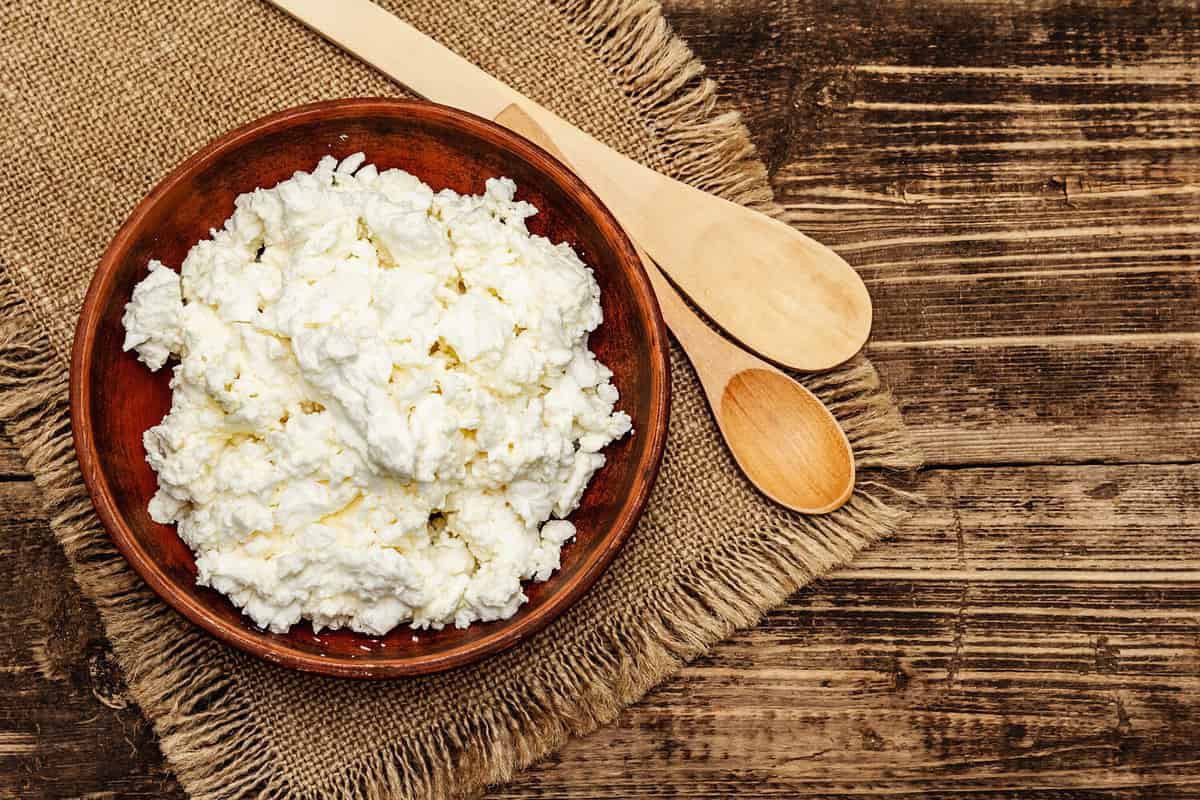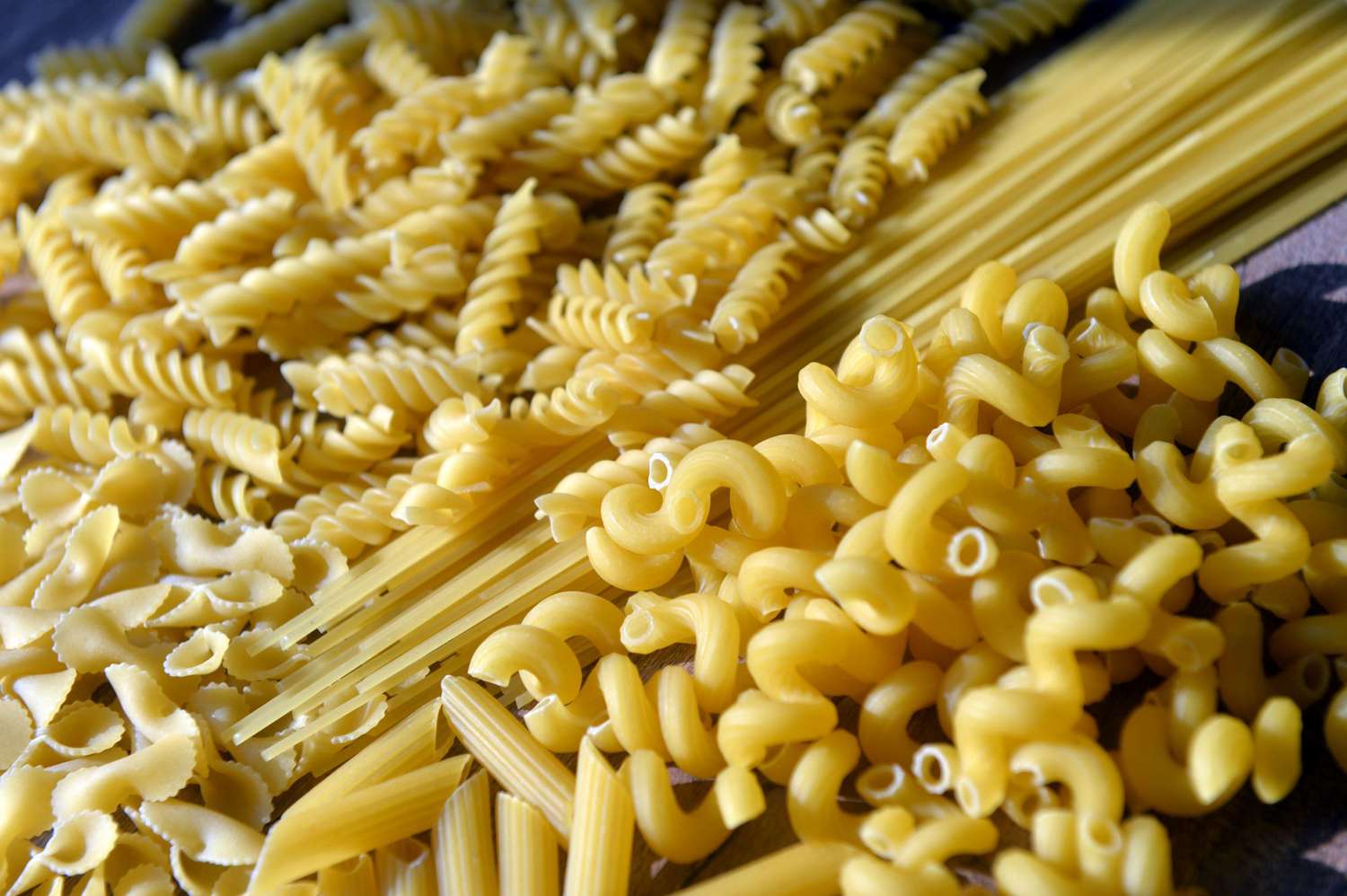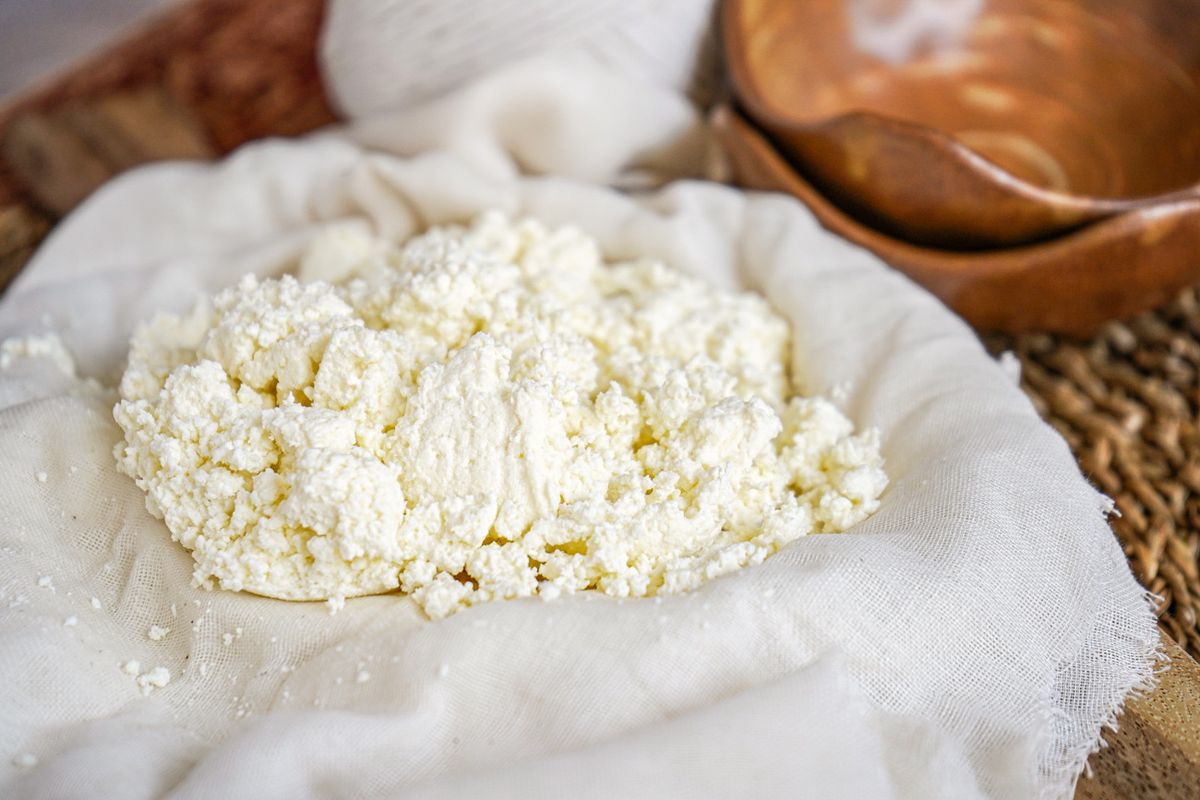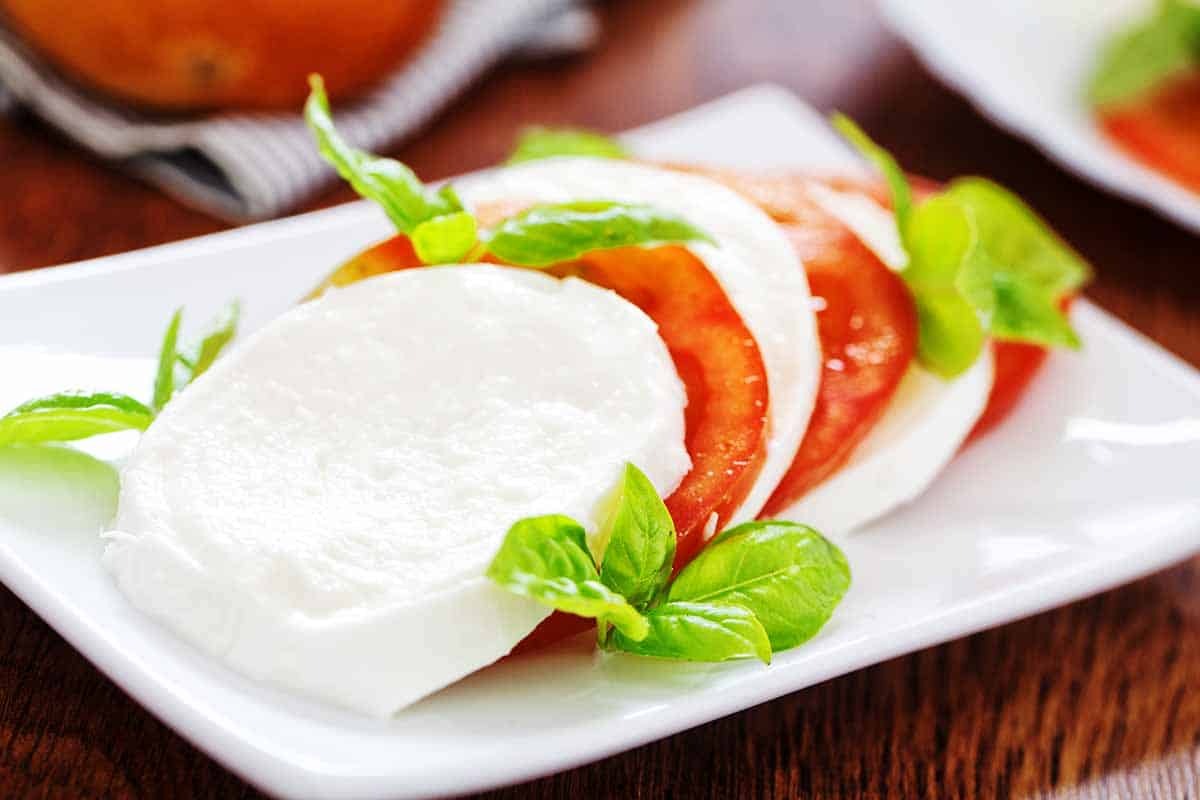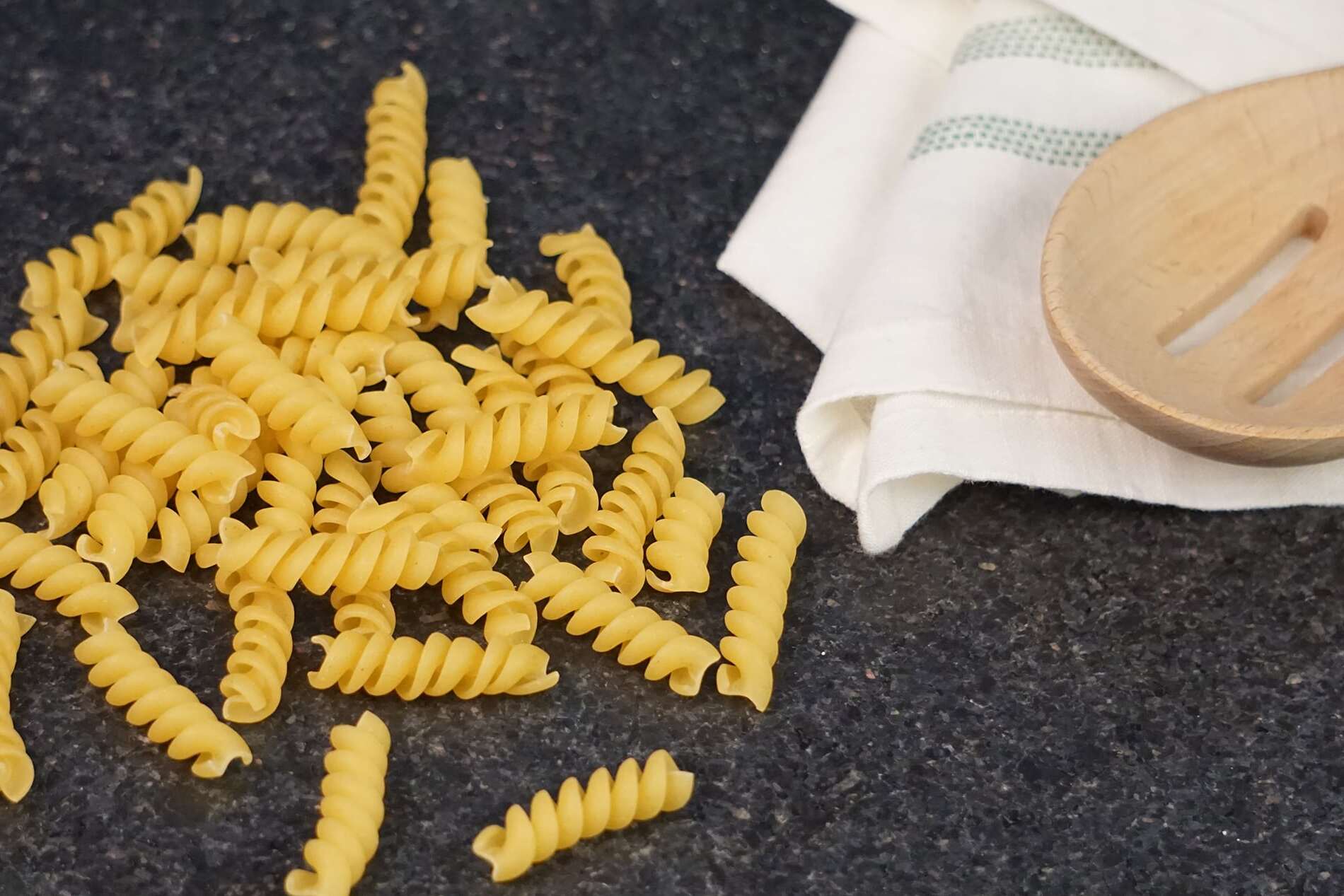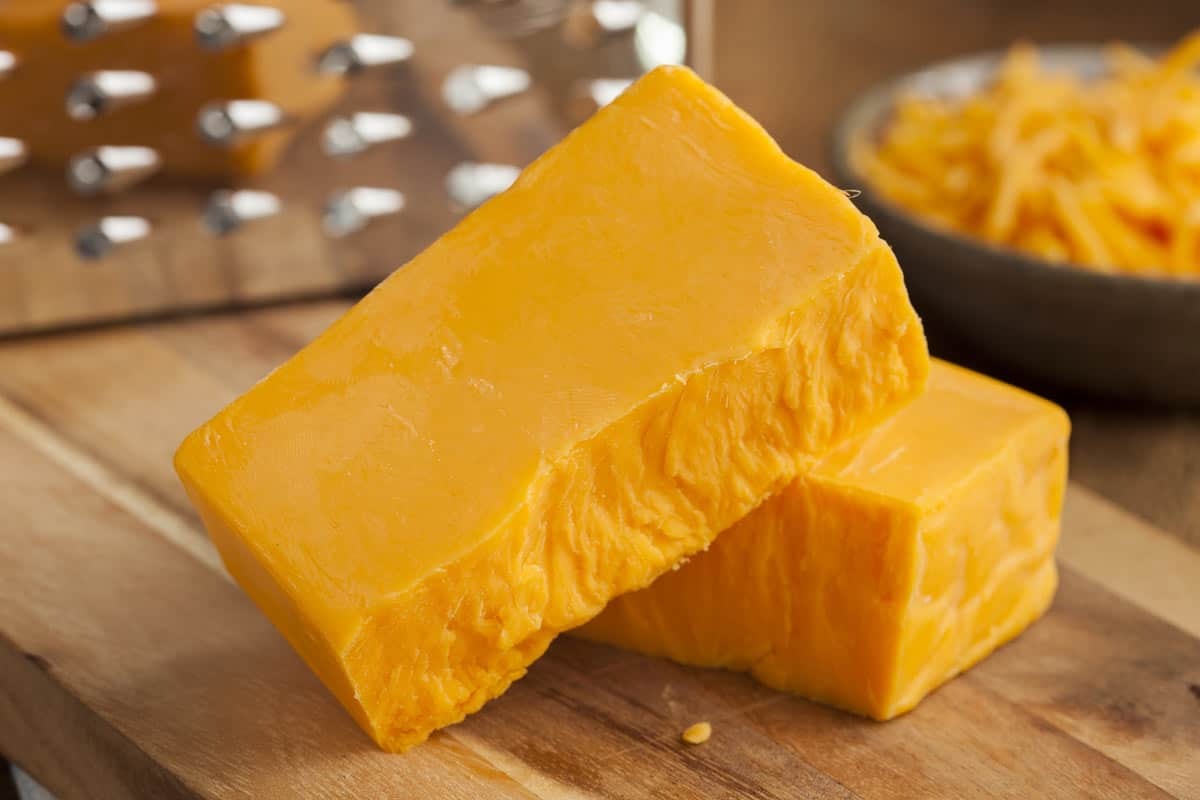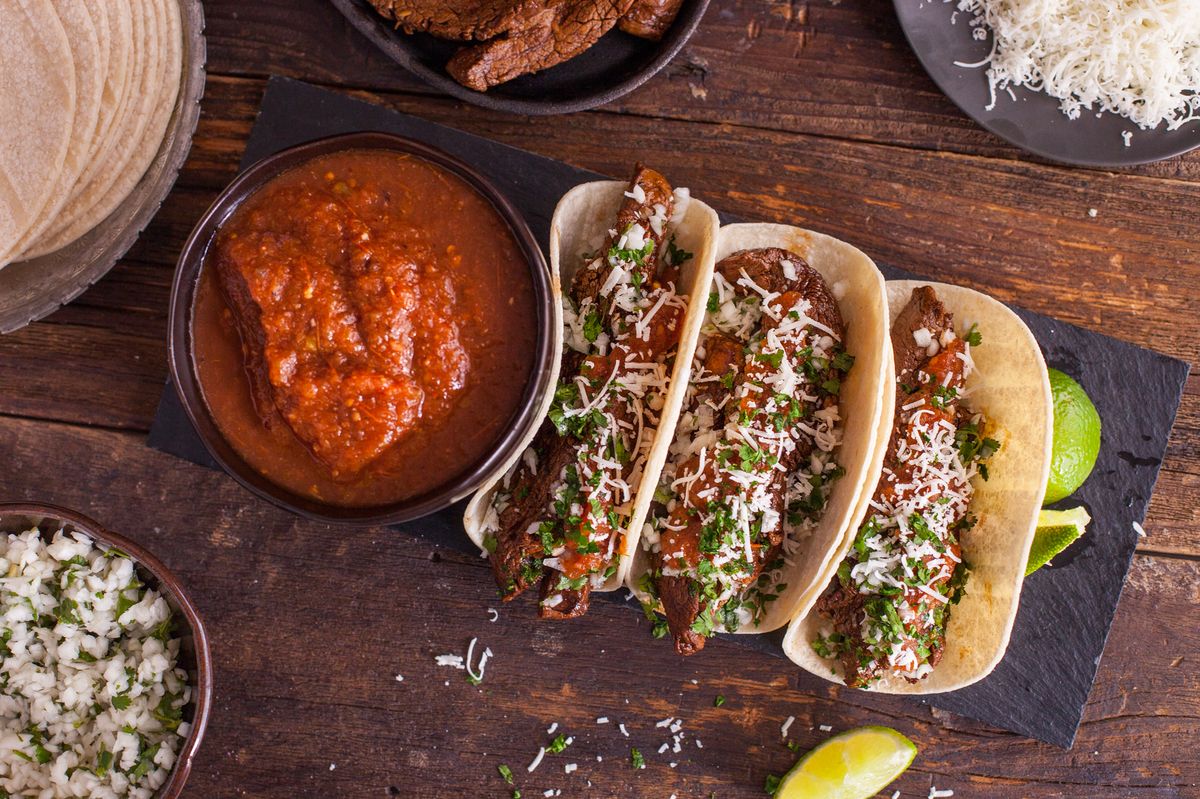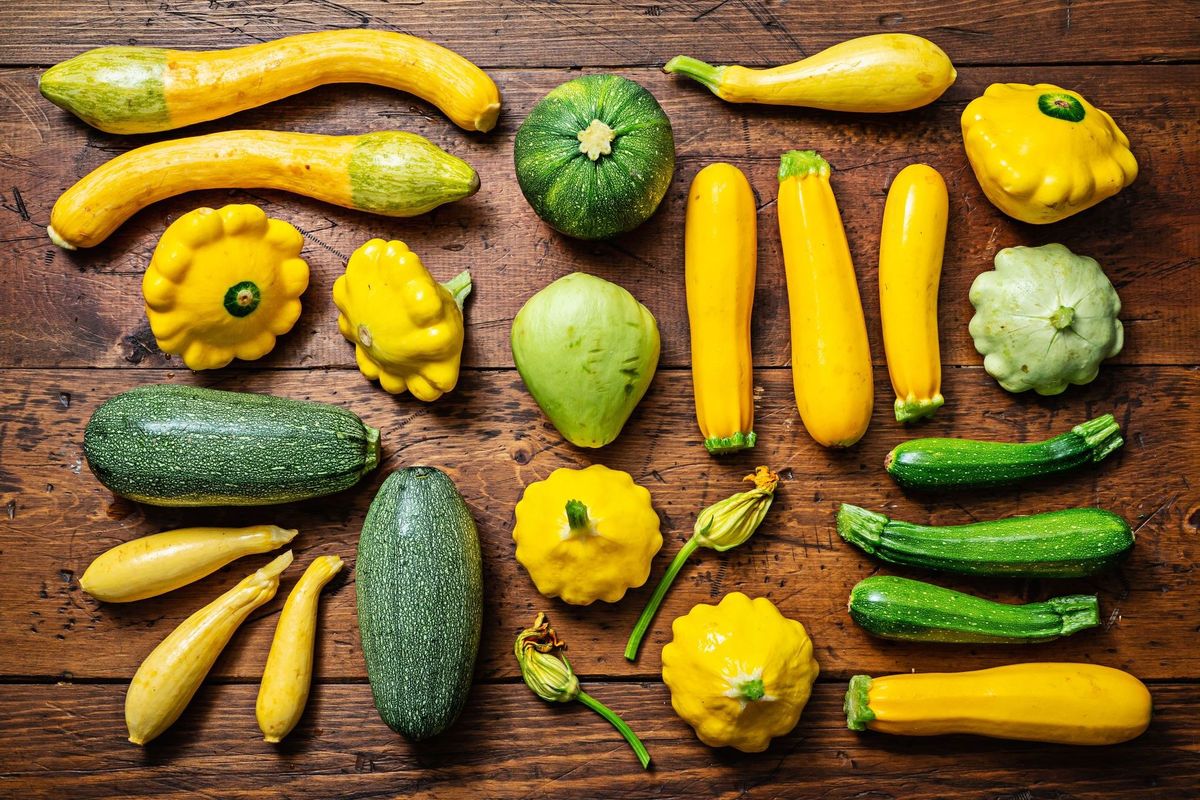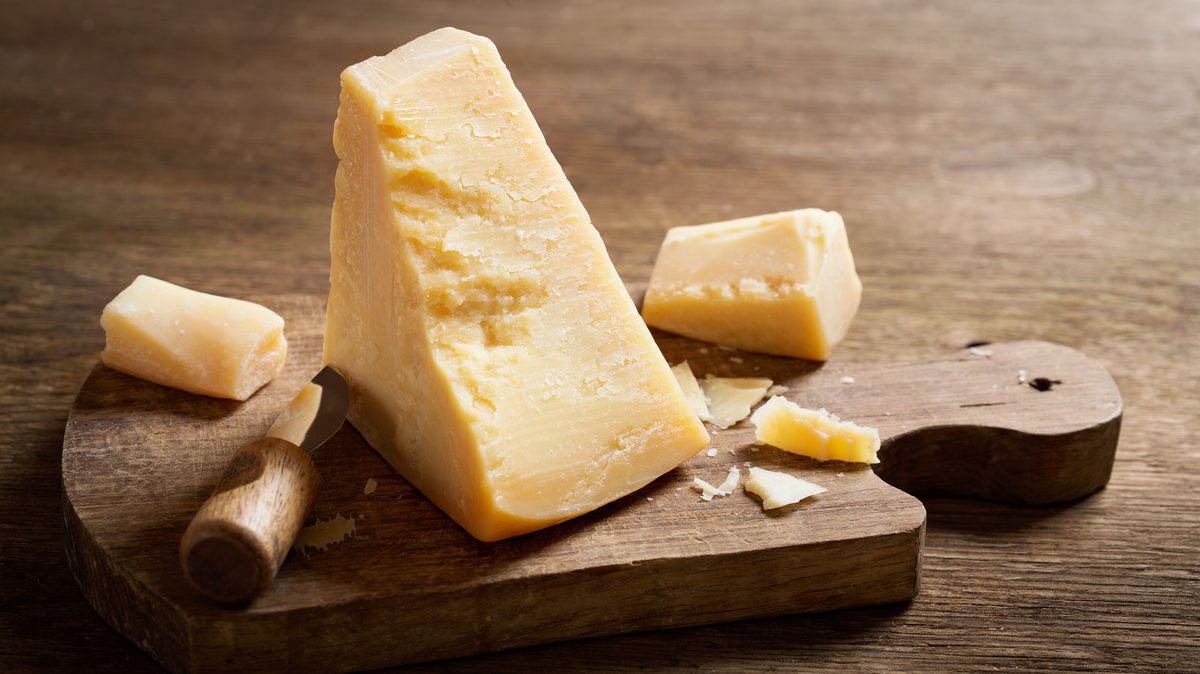When it comes to pasta, there are countless varieties to choose from, each with its own unique characteristics. One type of pasta that often stands out is thick spaghetti. If you've ever wondered what sets thick spaghetti apart from its thinner counterpart, you've come to the right place. In this article, we'll explore the world of thick spaghetti, including its characteristics, uses, and much more.
Characteristics of Thick Spaghetti
Thick spaghetti, as the name suggests, is a type of pasta that is wider and more substantial than traditional spaghetti. Here are some key characteristics that set thick spaghetti apart:
- Diameter: Thick spaghetti typically has a larger diameter than regular spaghetti, making it a heartier option for pasta dishes.
- Texture: The thicker strands of spaghetti offer a satisfying chewiness and texture, which can hold up well to robust sauces and ingredients.
- Cooking Time: Due to its larger size, thick spaghetti may require a slightly longer cooking time compared to regular spaghetti. It's important to follow the cooking instructions on the packaging to achieve the perfect al dente texture.
Uses of Thick Spaghetti
Thick spaghetti can be used in a variety of dishes, offering a versatile option for pasta lovers. Here are some popular uses for thick spaghetti:
- Hearty Sauces: The thickness of the spaghetti makes it an ideal choice for hearty sauces such as Bolognese, carbonara, or meat-based ragù. The robust strands can hold up well to the rich flavors of these sauces.
- Baked Dishes: Thick spaghetti can be used in baked pasta dishes such as casseroles and pasta bakes. Its substantial texture holds up well during baking, resulting in a satisfying dish.
- Cold Salads: When cooked and then chilled, thick spaghetti can be used to create delicious cold pasta salads. Its texture and size make it a great base for adding a variety of vegetables, proteins, and dressings.
Cooking Tips for Thick Spaghetti
When cooking with thick spaghetti, there are a few tips to keep in mind to ensure the best results:
- Salt the Water: As with any pasta, be sure to salt the cooking water before adding the thick spaghetti. This helps to season the pasta from the inside out.
- Stirring: Due to its larger size, thick spaghetti may benefit from occasional stirring during the cooking process to prevent clumping and ensure even cooking.
- Testing for Doneness: To check if the thick spaghetti is cooked to perfection, taste a strand a few minutes before the recommended cooking time is up. It should be tender yet still slightly firm (al dente).
Where to Find Thick Spaghetti
Thick spaghetti can typically be found in the pasta aisle of most grocery stores. It is often labeled as "thick spaghetti" or "spaghettoni." If you're having trouble locating it, consider checking specialty food stores or Italian markets, where a wider variety of pasta shapes and sizes may be available.
In conclusion, thick spaghetti offers a delightful twist on the classic pasta dish. Its larger size and satisfying texture make it a versatile option for a wide range of recipes. Whether paired with a rich, meaty sauce or used in a refreshing pasta salad, thick spaghetti is sure to add a delicious element to your culinary creations. So, the next time you're craving a comforting bowl of pasta, consider reaching for a box of thick spaghetti and get ready to enjoy a truly satisfying meal.
Was this page helpful?
Read Next: What Is Tuna Kobachi?
